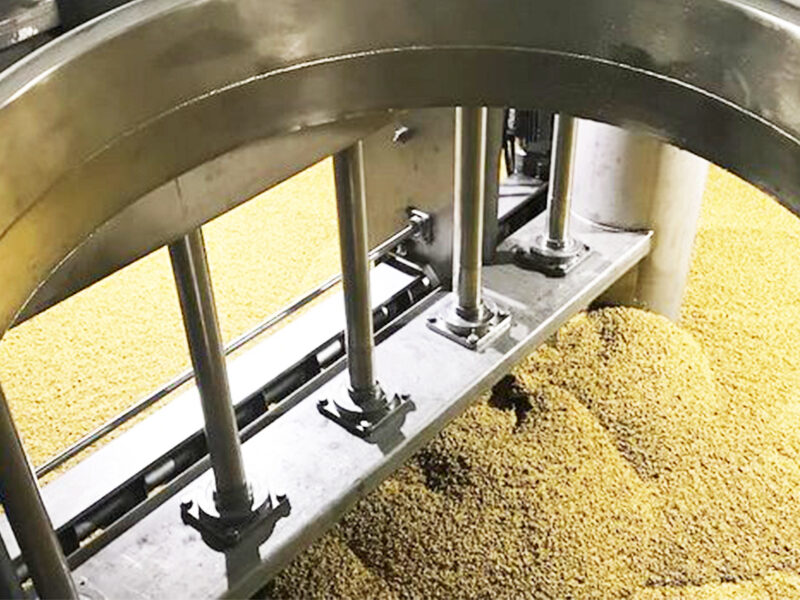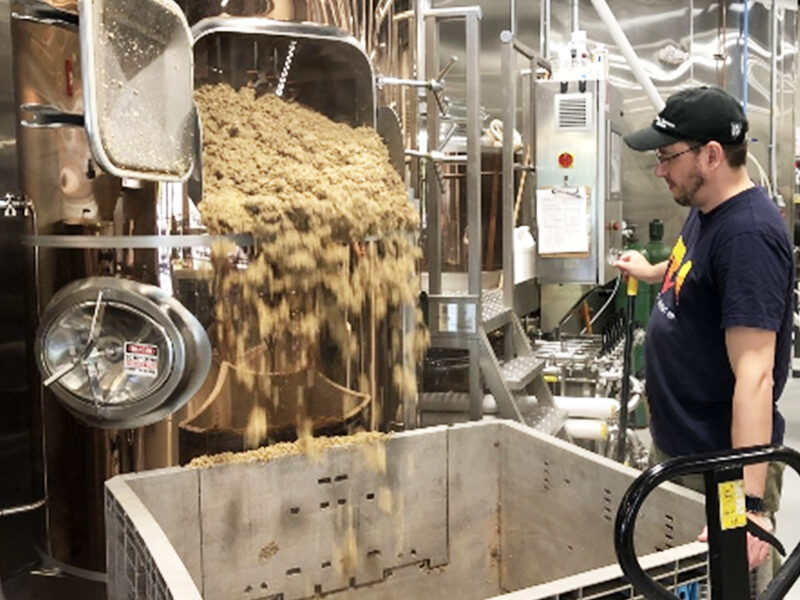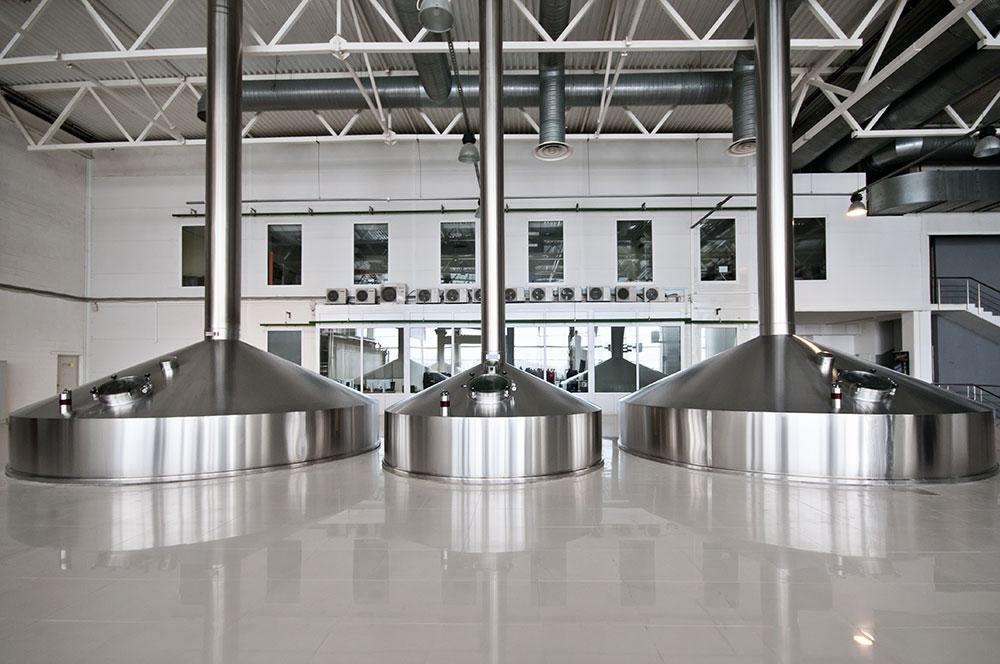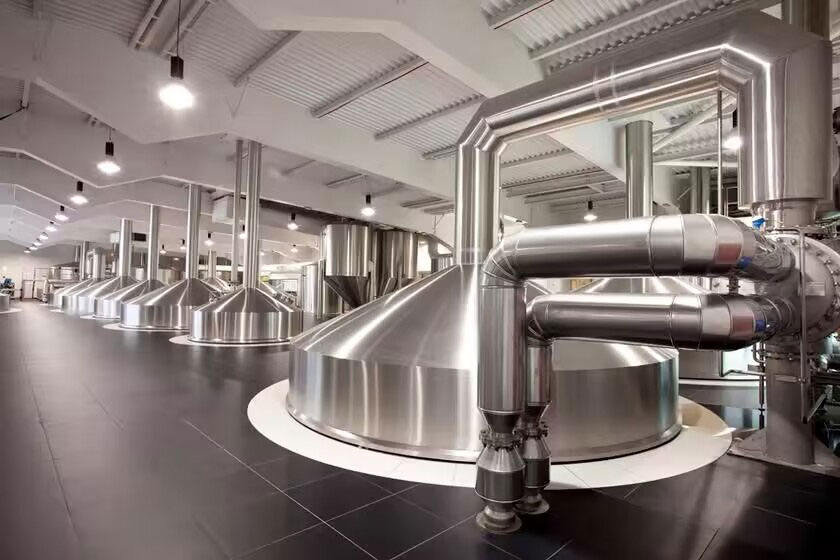Beer brewing enthusiasts know that the highlight after saccharification is wort filtration. After saccharification, the wort and spent grains must be separated in the shortest time, and the separation process is called filtration of malt mash. This link is directly related to the clarity and flavor of beer. Today, let’s talk about two methods of beer filtration: the traditional veteran “Lauter Tun” (with liquid column static pressure as the driving force) and the new star “filter press” (with mash pump pressure as the driving force). Want to know their respective advantages and how to choose? Here, the Tiantai editor invites you to check the following content.

Lauter Tun: Classic inheritance, stable and reliable
The Lauter Tun method is a traditional wort filtration method, which is easy to operate and easy to control the quality of wort. The Lauter Tun tank body is equipped with filter screens, plowing knives, etc. The tank body and several pipes, valves, and pumps form a recyclable filtration system, using liquid column static pressure as the power for filtration. After saccharification, stir the mash evenly, pump about 1/3 of the mash into the gelatinization pot, heat and boil it within 10-20 minutes, which is the first mash, and then immediately pump it back to the saccharification pot to make the mixed mash reach 78°C for liquefaction, inactivate other enzymes, and send the saccharified mash to Lauter Tun.
Over the years, Lauter Tun has been welcomed by many brewers because it has excellent control over the quality of wort and ensures the pure flavor of beer. It should be noted that when using Lauter Tun to produce wort, the malt cannot be ground into fine particles, let alone fine powder. The wort Lauter Tun (suitable for coarser malt grinding degree) can ensure rapid and smooth wort filtration only when the bran is well maintained and the contents are fully crushed. In order to check the degree of grinding, a certain weight of bran is put into a measuring cylinder and then converted into a volume of 100g bran. It is best when it exceeds 75mL, and the weight of 100ml bran is about 13g. At the same time, the maintenance cost of Lauter Tun is relatively friendly, especially suitable for brewers who pay attention to traditional craftsmanship and cost control.
Filter press: King of speed, the rising star of efficiency
The filter press relies on the power of the mash pump. Once the pump pressure is on, the filtration speed is very fast. It is worth mentioning that the filter press is less sensitive to the changes in the degree of crushing of malt and auxiliary materials, and can cope with it even if the crushing is not so uniform. Of course, it also has small disadvantages, such as the initial investment and use costs may put some financial pressure on you, and the wort may not be as transparent as Lauter Tun. However, with the advancement of technology, the current filter press is constantly upgraded, with a high level of automation, and the yield and production efficiency have been improved. In recent years, the wort filter press has become increasingly popular, and many new products have been launched one after another. They have overcome many disadvantages of the previous wort filter press and have made great improvements in equipment level and process operation. Even some big-name breweries, such as Heineken in the Netherlands, Brahma in Brazil, Ro Lunenburg in Germany, and Harbin Beer have begun to favor it.

Tradition vs. modernity, which side do you stand on? In general, if you are pursuing classic craftsmanship and cost control, Lauter Tun is a good choice. If your brewery is relatively large, pursuing high efficiency and speed, and does not mind investing more in exchange for higher automation and production efficiency, the filter press can definitely be your right-hand man. Choosing the right filtration method will “help” your brewing journey more convenient! Tiantai will comprehensively consider the design of the brewery according to the actual situation of each customer. If you have any questions about beer equipment, you can leave a message directly or call our consultation number.



